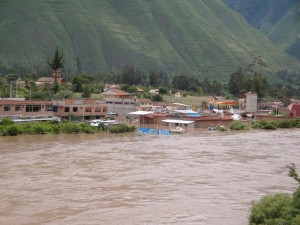My worst journeys from hell?
[A shorter version of this piece was published in the Times]
My worst journeys from hell? Waiting days for a series of cancelled boats in Ziguinchor, southern Senegal, at 100° in the shade — 6/10. A bus trip across the Peruvian desert that lasted 24 hours – 8/10. Taking a train from Birmingham to Edinburgh – 10/10 and not just because it was the last one I did. Or because it cost hundreds of pounds more for the pleasure that the other ones. But because you know it could so easily be improved.
Take a much cheaper coach from Birmingham to Edinburgh and you need a numbered ticket with a designated seat to travel. Just as you do with a plane. So why is it that British train companies get away with crowding as many people as they possibly can onto a train before shutting the doors? This particular journey saw passengers crammed solid down the aisles and in the doorways, with luggage spilled in every direction and children crying: it looked like a train load of refugees after a catastrophe event. If the train company could have got away with putting passengers on the roof, they would have. And this was not for a couple of tube stops or a suburban commute, but a five-hour journey.
…
My worst journeys from hell? Read More »

